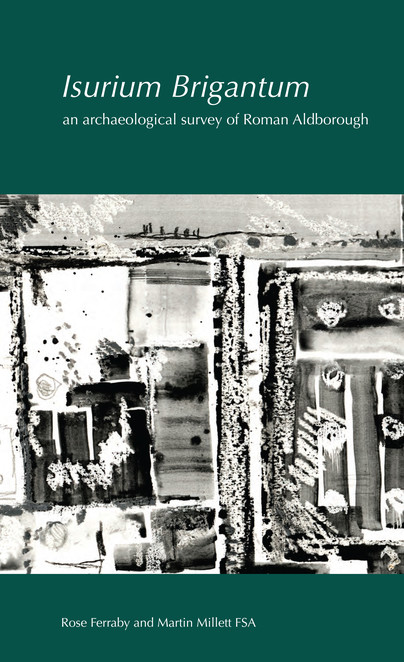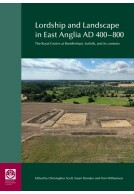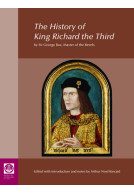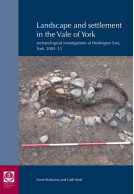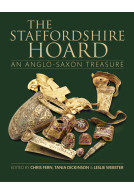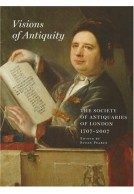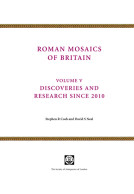Isurium Brigantum (Hardback)
An Archaeological Survey of Roman Aldborough
Imprint: Society of Antiquaries of London
Series: Reports of the Research Committee of the Society of Antiquaries of London
Pages: 208
Illustrations: 110
ISBN: 9780854313013
Published: 13th April 2020
Script Academic
Series: Reports of the Research Committee of the Society of Antiquaries of London
Pages: 208
Illustrations: 110
ISBN: 9780854313013
Published: 13th April 2020
Script Academic
You'll be £35.00 closer to your next £10.00 credit when you purchase Isurium Brigantum. What's this?
+£4.99 UK Delivery or free UK delivery if order is over £40
(click here for international delivery rates)
Order within the next 5 hours, 21 minutes to get your order processed the next working day!
Need a currency converter? Check XE.com for live rates
(click here for international delivery rates)
Order within the next 5 hours, 21 minutes to get your order processed the next working day!
Need a currency converter? Check XE.com for live rates
Modern-day Aldborough, in North Yorkshire, lies on the site of Isurium Brigantum, the former administrative capital of the Brigantes, one of the largest indigenous tribes of Roman Britain. Strategically located on Dere Street, by the second century AD it had become a key Roman town engaged with the supply of the northern frontier, with buildings and mosaics that reveal a thriving economy through to the fourth century. In the eighteenth and nineteenth centuries, the site of Isurium Brigantum was the subject of important antiquarian investigations. However, unlike some southern counterparts – for example, Calleva Atrebatum or Verulamium – in the twentieth century it attracted less archaeological attention until, in 2009, a team of archaeologists led by Dr Rose Ferraby and Professor Martin Millett began a major re-examination of the site. Large-scale geophysical surveys using both gradiometry and high-resolution ground-penetrating radar were conducted and these revealed most of the town and its surroundings, allowing its development from the second century AD to the medieval period to be mapped with great accuracy.
Bringing together for the first time the results of large-scale geophysical surveys of Isurium Brigantum with a re-evaluation of earlier antiquarian study and more recent archaeological fieldwork and excavations – some never before published – providing provides historians and archaeologists with exciting new information about the topography of a key Roman town engaged with the supply of the northern frontier of Britain, and about its development and later landscape, together with a thorough review of the town in the broader context of Roman Britain and the western Empire.
Other titles in the series...
Other titles in Society of Antiquaries of London...







